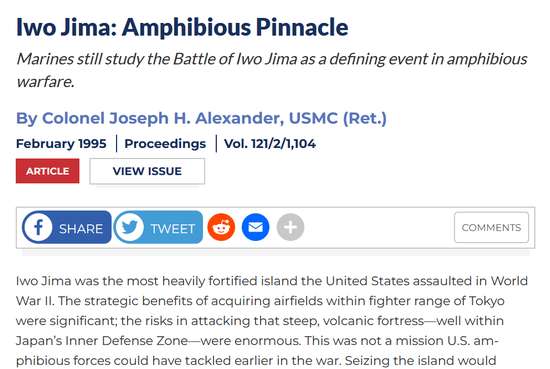
Triumph of American Armor
128 pages. Timeline. Further Reading. Index. Flap covers.
The Casemate Illustrated series provides well-illustrated introductory guides to various war-related subjects. The front and back covers have flaps that easily allow you to keep your place while reading.
The author's premise is that the 1944 Battle of Arracourt was the first significant clash between German and American armored forces, and therefore provides the perfect example for comparing them. While the Americans had battled their way from Normandy all the way across France, the data shows they had mostly fought against anti-tank weapons up to this point of the campaign.
The book begins with a two-page timeline of WWII from 1939 to 1944, and the six-page introduction summarizes WWII up to this point.
Two parallel chapters – American Forces and German Forces – take a little more than 50 pages to explain the primary armored vehicles on both sides, the respective organizations, and brief bios of major leaders. A pair of two-page color spreads show sample vehicles from both sides.
The 19-page Strategic Setting chapter goes into more detail about the European campaign since Normandy. Patton's 3rd Army was advancing into Lorraine, but limited by supply shortages. Hitler wanted a panzer counter-strike – the Vosges Panzer Offensive – but the new panzer formations lacked support elements and were hastily trained.
The 35-page Battle chapter details what happened as the American advance encountered the German armor offensive, from 15 to 29 September 1944.
In the Afterword (2 pages), the author argues that the Lorraine campaign should not be viewed as a stalemate, that the Americans decisively won the battle of attrition, and that the American armor clearly had the edge in tank versus tank maneuver engagements.
While I appreciated the many excellent photographs in the book, I wish the description of the battle had been accompanied by suitable tactical maps.
This is an excellent resource for someone new to wargaming WWII, as it explains most of the basics. For the more experienced gamer, the excellent photos and analysis may be appreciated.
Reviewed by ![]() Editor in Chief Bill
Editor in Chief Bill ![]()
![]() .
.









